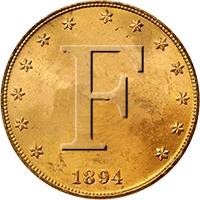Ok, so I air test coins to get a VDI number. Go to my test garden where I have known coins at known depth. VDI is jumpy and all over the place if coin isn't near surface and worse as depth increases. How do you determine what to dig. Do you just go by the tones and ignore VDI? Do you dig anything deep as long as it's a consistent tone? Seen a MXT user said his threshold gets louder on deep targets, don't notice that mine gets louder on the 705. Input please as far as when do you dig deeper targets?
Find's Treasure Forums
Welcome to Find's Treasure Forums, Guests!
You are viewing this forums as a guest which limits you to read only status.
Only registered members may post stories, questions, classifieds, reply to other posts, contact other members using built in messaging and use many other features found on these forums.
Why not register and join us today? It's free! (We don't share your email addresses with anyone.) We keep email addresses of our users to protect them and others from bad people posting things they shouldn't.
Click here to register!
Need Support Help?
Cannot log in?, click here to have new password emailed to you
705 and VDI questions
- Thread starter gambler13
- Start date
